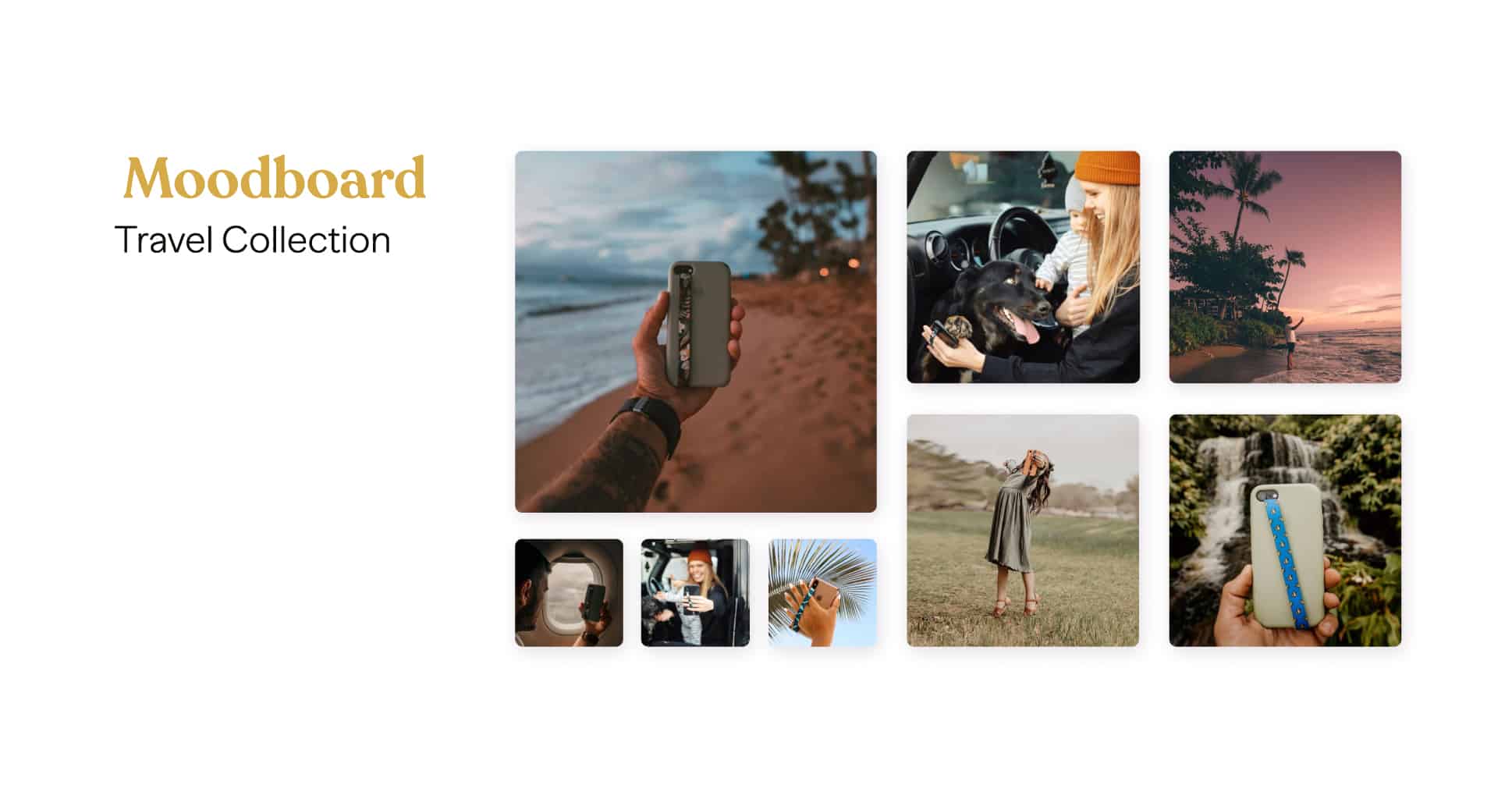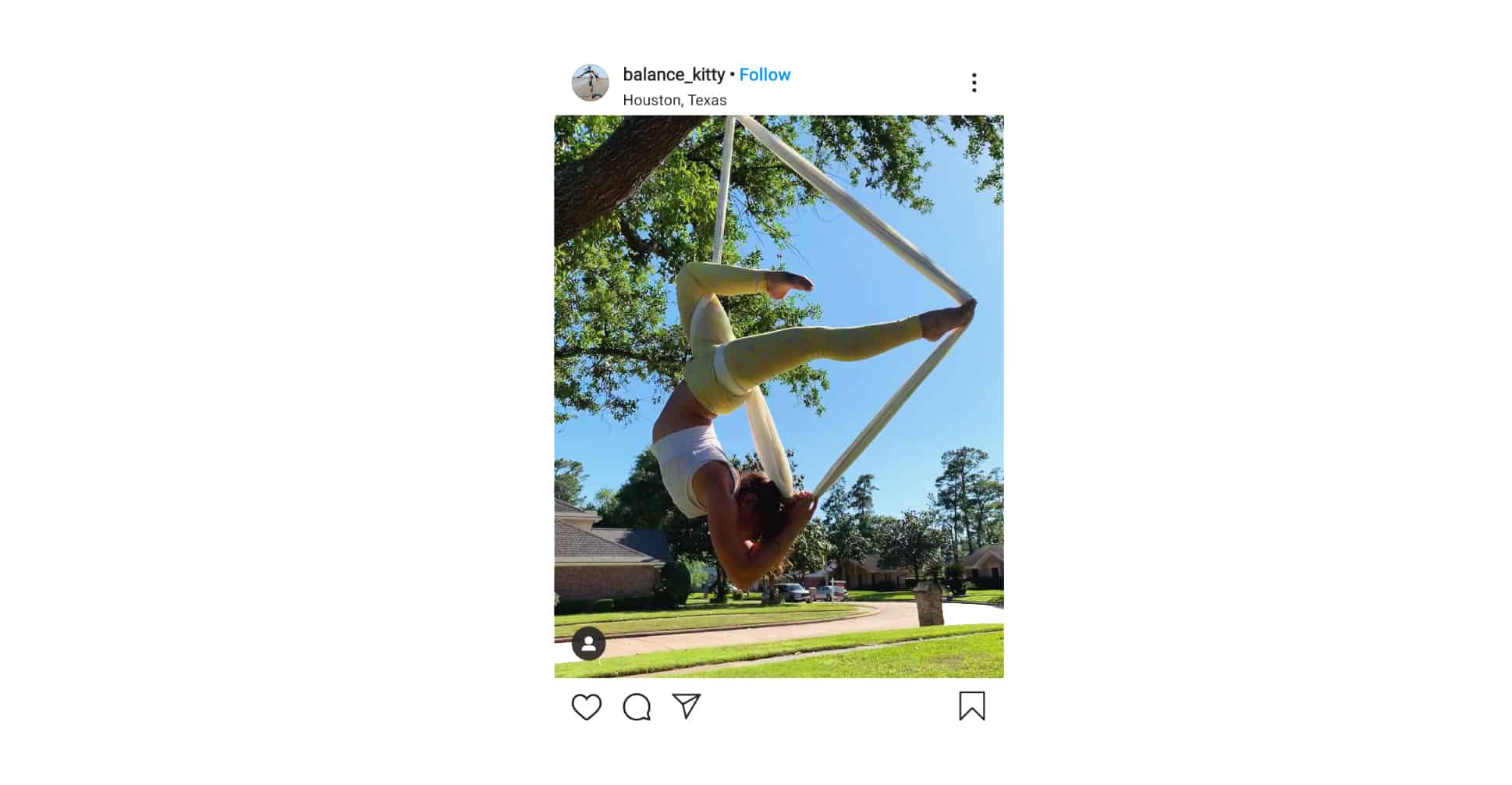We describe influencers as a way to get the word out about your product, but we tend to forget that these creators are, well, creators.
The content influencers create can be repurposed anywhere: Social media, paid advertising, email marketing, etc.
As the cherry on the sundae, user-generated content (UGC) or influencer-generated content (IGC) typically outperforms studio-quality content when it comes to conversions on your Facebook or Instagram ads. The reason is simple: It’s more authentic.
So, how can we use this network of online creators to generate large quantities of product content for our brands?
The short answer is: Forget influencers’ follower count.
Why?
Because you’d pay a premium to have content created by an Instagrammer with a huge audience.
There are many advantages to working with smaller influencers (micro-influencers), which could be the topic of a whole other article. This guide is written around content creation, and how you can get the most out of it.
I will show you how to leverage micro-influencers—or micro-creators—to conceive awesome branded content for your store. I want to make sure that you can use this article as the foundation of your internal ecommerce content engine.
Here is what the workflow looks like:

Let’s get into it.
Step 1: Preparing Your Influencer Content Generation Campaign
Before putting any work into the execution, we must create our foundation. Here are the components to a robust base:
- Purpose
- Guidelines
- Moodboard
Purpose
Where and how are you going to use your content? These are crucial points to address because they are the foundation of your guidelines.
Here are a few examples:
- I want product review videos, which I can use in my retargeting ads
- I want short Boomerang videos, which I can repurpose as GIFs in my newsletter
- I want multiple product photos, which I can A/B test in my Facebook ads
Knowing what you want to do with the content makes it much easier to create robust guidelines.
Guidelines
Guidelines should include the following:
- Unique selling propositions (USP)
- Content format (such as videos, boomerangs, photos, carousels, etc.)
- Brand description
- Product positioning
- Post specifics
Guidelines should be easy to follow. You do not want to undermine your influencer’s creativity by being too restrictive.
Let’s create an example document for a dog brand.
Guidelines for Pethappy
Our Brand
-
- Our brand helps dogs with arthritis jump, run, and love life again
- Our product is made in the USA with all-natural and organic certified ingredients
- You can check out some reviews of pet owners talking about our product here: [Link to any reviews you have]
The Format
-
- Show a clear shot of the dog and the product in a forward-facing position (we must see the brand name)
- We need 2 photos and 1 boomerang video. Feel free to be creative with all of these takes. We trust your outside-the-box thinking 🙂
The Small Details
-
- Use the hashtag #Ilovepethappy in your post
- Make sure to mention the hashtag #sponsored
- Before posting the content to your Instagram, please send it to [email protected] for approval, and include your post caption
- Tag our page in the picture, and include our handle in the text
If you have any questions, contact me at [email protected], I am your assigned campaign manager 🙂
Here is a PDF version of the Guidelines:

We always fit our guidelines on a single page. More than that and people don’t read. Also, include two sample images with your guidelines to show the anatomy of a good content piece.
Moodboard
A moodboard is at the center of your content pipeline. Its purpose is to give some creative direction to your influencer. It will be shared with your guidelines.
You want to gather content from past campaigns, competitors, or other companies in different markets, that resonate with your sense of aesthetics. Here are a few tips for creating the best moodboard possible:
- Ask whoever is taking care of your Facebook advertising which ads are working the best
- Use the Facebook Ads Library to see which ads your competitors have been running for some time
- Study parallel industries that are serving similar customers. Study their ads, sign up to their newsletter, and stalk their Instagram. We get wrapped up in our industry’s best practices without realizing that their unexploited playbooks are right by our side

Step 2: Finding Influencers
You can use a tool to find influencers, or you can manually scour Instagram. When it comes to manual research, hashtag and location feeds are an excellent place to start.
When you find a creator you like, explore the “Suggested for You” recommendations from Instagram.
Tool vs. Manual Research
Manual research will be more than enough if you are looking to collaborate with a handful of influencers.
If you want to work with 25+ creators every month, I recommend you use a tool like inBeat for finding influencers (full disclosure: I am the co-founder). It will save you countless hours of research.
Vetting Influencers
I recommend that you find micro-influencers with a following of anywhere from 1000 to 25,000 followers. I won’t be covering the specifics of influencer marketing as an acquisition channel, but feel free to read more here. It is a good opportunity to build your brand.
Personally, I seek butt-kicking creators with distinguished content and trust them to create out-of-the-box product shots.
You can be bold here. Let’s say you have a fitness nutrition brand—you could find an aerialist influencer and get a product shot that stands out in the newsfeed.
Like this:

Pretty cool, right?
Just make sure that everything is done with a safety-first mindset.
Step 3: Contacting, Negotiating & Onboarding Influencers
This process looks like a sales process:
- Contacting the influencer by email or DM to initiate a potential collaboration
- Negotiating with the creator to agree on a rate and specific deliverables
- Onboarding the influencer to brief them on the project and getting relevant information
This workflow can be optimized to your specific needs. These are some tools that can save you a lot of time.
Contacting & Negotiating
Mailshake or Gmass
Both of these tools are built to help with cold email outreach. If you’re looking to scale your outreach operation, you will need such a tool. The advantage with Mailshake is that it tracks your lead status (won or lost), but GMass is much cheaper.
Both tools allow for automatic follow-ups, which is always an easy way to get more collaborations for the same effort. It still boggles my mind that some people actually say yes at the 5th follow-up.
I prefer Mailshake, but either tool is fine.
Onboarding
Typeform or Any Form Builder
A tool like Typeform will help you onboard influencers after you have agreed to collaborate. It allows you to efficiently capture any relevant information you need such as their address, their name, or even their dog’s birthday.
Google Sheets
Google Sheets integrates with your form builder, which helps you keep your data organized. I love Google Sheets because it allows you to create a personalized database for your specific needs.
We use it for influencer pre-vetting (before working with any influencer we give their profile a final look to make sure that everything is alright), content approval (has the influencer submitted their content and has it been approved?), and payment tracking (has the influencer been paid?). Airtable also works well for this part of the workflow.
HelloSign
We use this tool agency-side for ecommerce brands that require a signed agreement from their influencers. If your product is regulated by the FTC or the FDA—or if brand safety is a priority inside your organization—create the agreement you need, and import it into HelloSign.
We have seen clients that required 20 pages of legal documents for each influencer (FTC and FDA can be bureaucratic). This can be scary for your influencers, so make sure to make the experience as reassuring as possible. A video recording of you going over the agreement can go a long way.
In most cases, a simple checkbox stating, “I agree to post one story and one post featuring [your brand] that respects the content guidelines stated in the document [document name]. I also agree that [your brand] can reuse the content across its social media and online advertising.” is all you need.
Zapier
Zapier is one of the coolest tools to ever exist. It allows you to automate what you can’t usually automate (most of the time).
Here is an example of what your final workflow could look like:

Zapier and Google Sheets are my favorite duo. Together, they allow you to create the exact (almost) workflow you need. There are limitations, but if you’re willing to tinker, you can accomplish a lot.
If you don’t feel comfortable, or simply don’t have the time, to implement this workflow, use Upwork or Fiverr to hire a Zapier ninja.
Step 4: Managing Relationships & Building Long-Term Collaborations
You now have initiated multiple collaborations with micro-influencers. At this point, you will receive a lot of product content.
The purpose of managing and building relationships is to have a small creative army ready to generate product footage on-demand. You can skip this step if this isn’t of any interest to your brand. Of course, you want to select your top creators to be part of this network.
Identifying Your Top Performers
This step justifies all the work you have done so far. We onboard our top content creators as long-term ambassadors.
Here are some differentiators to identify when selecting your new ambassadors:
- Ease of communication
- Creativity and novelty
- Content quality
- Price
- Reach and sales
To my sense, ease of communication is the most important, by far. Some influencers will require four to six times more points of contact than others. When you are managing 50+ influencers, it compounds. I like protecting my team’s sanity—which is why we give this criteria more weight.
Creativity and novelty are also important. Getting outside-the-box content creation is central to why we crowdsource content in the first place.
Managing Relationships
To this day, it still stuns me how easy it is to create a feeling of exclusivity amongst your influencers. That feeling flows into a stronger buy-in and more authentic content, and if your ambassadors feel like they’re part of something, you’ll drive more sales.
The goal is to build a feeling of belonging to a distinctive group around your brand.
Here are some ideas you can implement to manage ambassador touch-points and create a feeling of exclusivity:
- Create a Facebook group with all of your influencers
- Use a CRM like Pipedrive to manage and personalize your communications. (“Hey David, how’s your dog Balto doing?” is much stronger than, “Hey there, how’s your pet doing?”)
- Create custom products for your ambassadors (for example, pet accessories if you’re a pet product brand or workout clothing if you’re a fitness brand)
- Create exclusive products that are only available to your ambassadors (bonus points if you poll them on what they want!)
Taking it Further
Content creators have a following, whether it be 1000, 15,000, or 1,000,000 followers. If you treat them right, they can be an acquisition channel as well as a way to crowdsource new ideas.
On one side, they can bring their network to endorse your product, resulting in a powerful acquisition channel. On the other side, you can ping them regarding anything from your marketing strategy to your product packaging. You can use their crowdsourced creativity to get insights on your product as a whole.
Why not ask them what they think of a new product you’re launching or some new packaging you’re looking to rollout?
It’s cliché to quote Dale Carnegie on this, but I feel like it’s so relevant:
“To be interesting, be interested.”
This sentence carries the essence of this whole playbook—once you have the trust of your small army, it’s like having a decentralized creative consultancy.
It still blows my mind how responsive influencers can be. Anytime we work with a bunch of micro-creators for an ecommerce brand, we keep a Rolodex of our top influencers, which we contact regularly for trend insights and product feedback.
Needless to say that if you select creators that match your product demographic, their insights will give you an edge.
How?
By providing you with the opportunity to speak in their words with references that are relevant to them. That’s a powerful way to position your communications all across the board.

